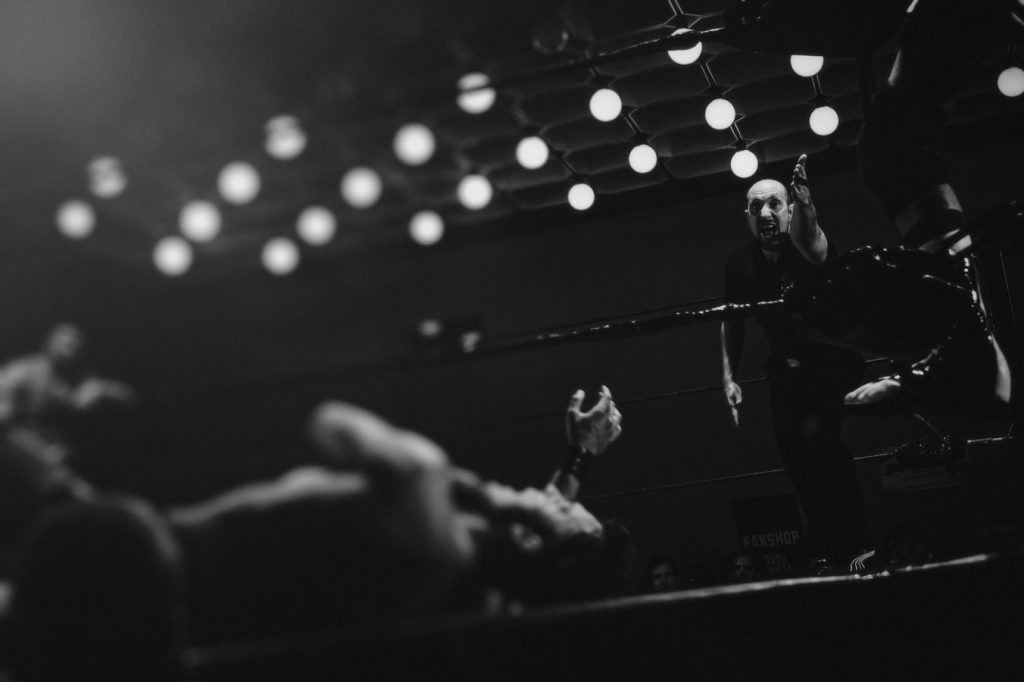
What Is Round Betting? Or how to bet on boxing rounds
Swinging movements, striking and quick deflections, are some of the basics that involve the defence and offence in what the Filipino people call Arnis. If you have never heard of the sport before, this only means that you weren’t immersed deep enough into the culture of the Arnis Philippines.
Arnis is something that involves your reflexes and quick thinking, as it mostly emphasises on defending against weapons and being able to fend off your opponent with a stick.
Arnis can also be called Kali or Eskrima - both words are loaned from Spanish thanks to the Spanish origin given to it during the history of how Arnis came to be.
You might be someone who doesn’t know much about martial arts or someone who knows a lot - this is a gem of Philippine’s past that is still alive nowadays, living on through tradition and national pride.
Our short history of Arnis in the Philippines will take you all the way back to the distant year 1521 to Filipino warriors that followed a tradition of the past. Fueled by that tradition, they were able to fend off Spanish conquistador squads thanks to their immense and smart skills in the martial art of Arnis.
Whilst the warriors were only equipped with bladed melee-based weapons, they faced off with Ferdinand Magellan’s musket-wielding men.
Magellan was later killed by a warrior from a village who was very skilled in the arts of Arnis Eskrima.
Arnis in the Philippines was since a tradition passed down generations in forms of dancing, mock fights and other mesmerizing performances. In a more recent 2009 the sport was declared as the national sport of the Philippines, thanks to its popularity and significance in Filipino culture.
One such notable person who knew how to extremely effectively use Arnis, and how to combine it with his extensive martial arts knowledge, was Bruce Lee, having been taught by a Filipino-American associate who was actually one of his closest friends.

Lee at first didn’t see eye-to-eye about the greatness of the style, but later integrated it into his vast knowledge and began to instil it into his array of fighting skills used in film and more.
Modern Arnis can be seen in the Philippines and even other countries - hosting numerous competitions and places for people to see and get inspired to take part in the sport.
In the past, many Filipino warriors have actually used Arnis to fight to the death with bladed weapons.
The martial art was last used in World War II as a form of melee conflict between soldiers.
Nowadays Arnis has influenced some military combat training in emergency situations where you’d need to protect yourself with an empty gun or sword.
Being a mostly defensive form of martial arts - as the Filipinos relied on staying sturdy and preserving against Magellan’s men and himself - it is usually reliant on deflecting the other person’s movements and hits or disarming them.
It is played in a “ring” such as the ones used for any other form of martial arts.
In modern variations, competitors are meant to wear protective equipment such as thigh guards and more, covering the entire body from any serious damage.
However, there is a “kulata” version where competitors can wear less body armour but are subdue to more risk of injury.
A fighting stick or baton cane replaces the dangerous bladed weapons used in the past. Competitive Arnis comes in two forms;
Anyo - This type is judged on how graceful and well-executed the performance may be, taking into account how the force, strength is done. This is more performance-based and how beautifully the “combat” looks.
Leban - This is the more fierce and competitive of the two. These competitions are based on how much strikes can be inflicted and gives off battle vibes.
A referee is employed to review decisions and ensure fair play between the two fighters.

To win a fixture of Arnis, one must display superior skill and movement to his or her counterpart and dominate as many rounds of the competition as possible.
No punching, kicking or takedowns are permitted, contact to the back isn’t allowed, and the referee is able to stop the play whenever something goes wrong.
The fighting is continuous until one or both weapons fall or if someone falls over.
If you indulge with the sport and attend Arnis classes or take part in competitions, you’ll be able to coincide yourself with a number of increased abilities and advantages that the sport brings.
There’s a number of Arnis camps and classes that are located in the Philippines.
Fitness will be a large benefit- as constant movement and awareness will be stimulated to the deflection and relocation of your stick to different places very swiftly.
Even without a stick, your hands will have a better movement rate and you’ll be able to defend yourself from danger with quick and constant movements against your attacker. Arnis emphasizes some good techniques to defend yourself against knife and machete attacks.
Your whole body is expected to move as one- meaning lots of muscles will be involved with your activity, increasing not only your muscular endurance but also cardiovascular fitness within your body.
It is a great all-round exercise for health and there isn’t a certain amount of strength required to execute Arnis, but you are still gaining strength and benefits from it, meaning it is a win/win situation.
Arnis is usually part of an international competition hosted by the Bali Sports Foundation. They have hosted a “stick fighting” since 2013. The event is open to multiple schools, systems, clubs and more.
It is usually streamed on places such as YouTube for anyone who wants to witness the aesthetic and how Arnis is actually played. Not only Filipino people come to take part but also Indonesians, Australians, and more.
Currently, there aren't any professional Arnis competitions where athletes get paid but like most sports- it could see a big growth in popularity and its industry when its market gradually increases.
Latest news and educational articles about betting in Philippines